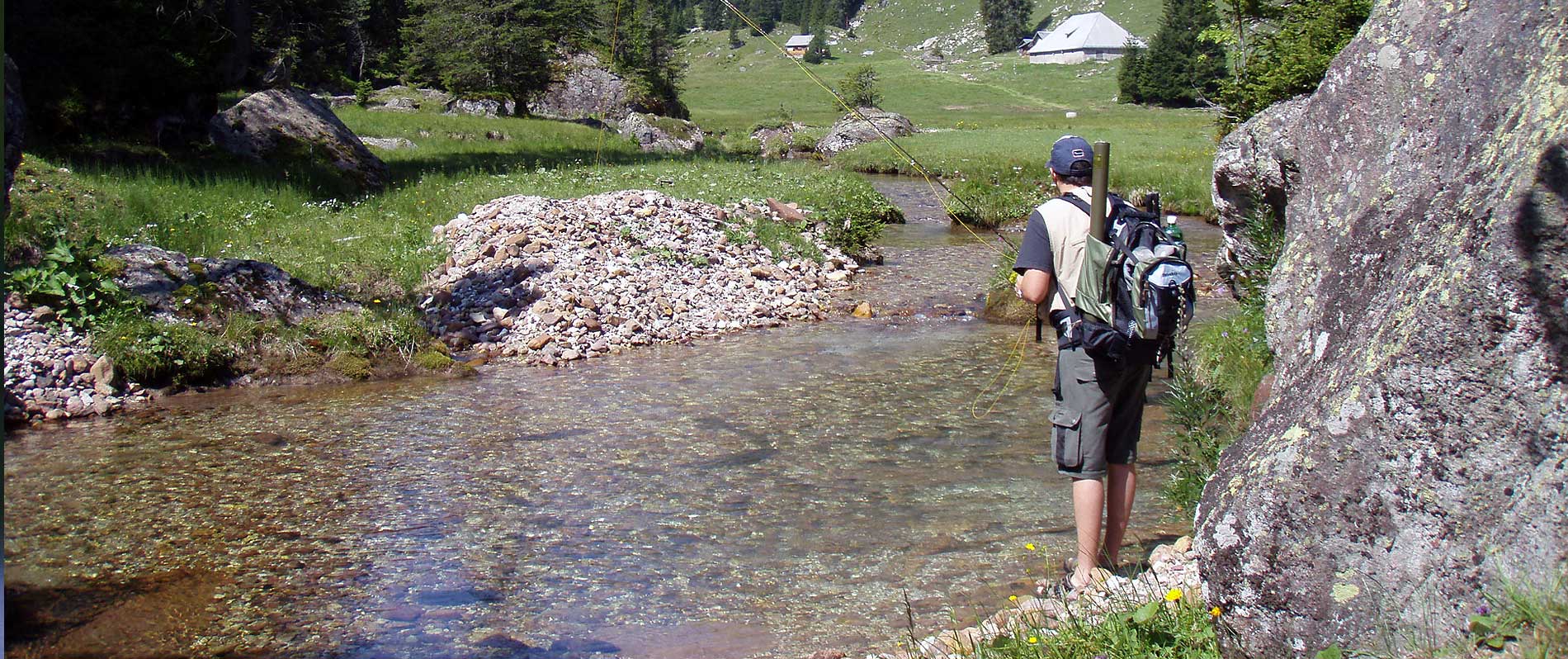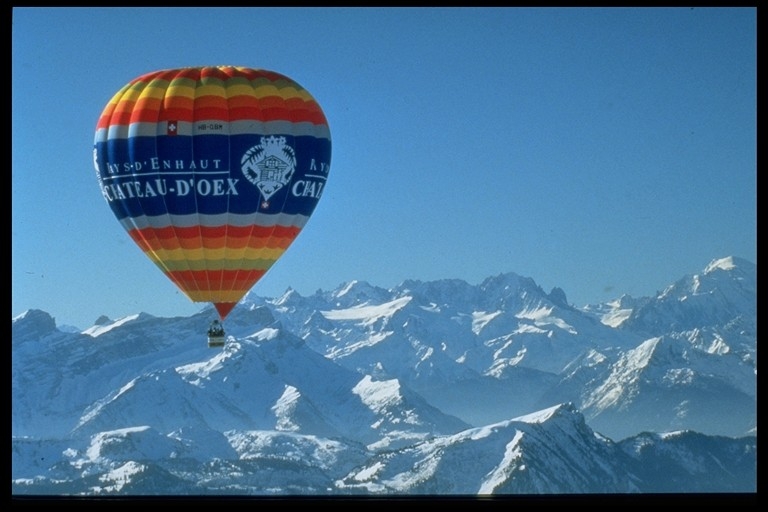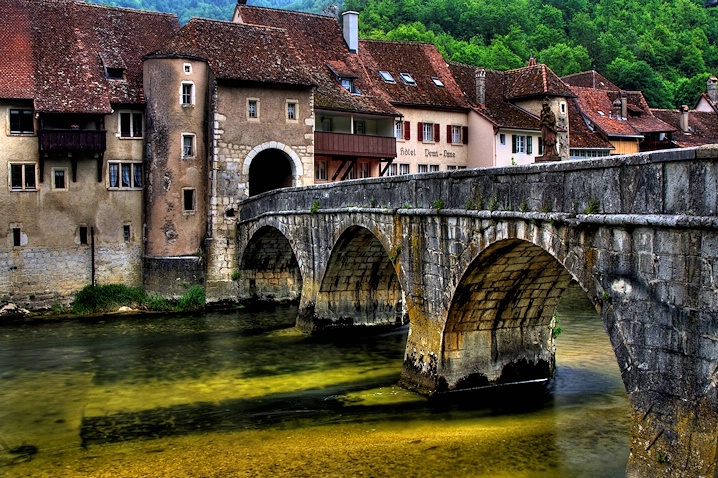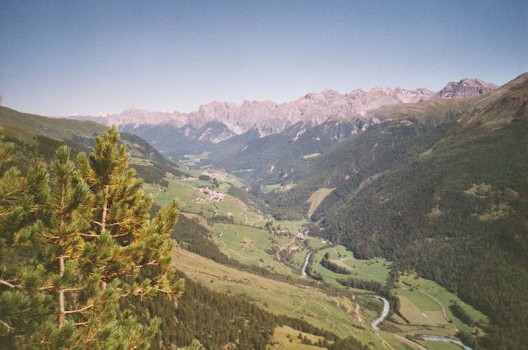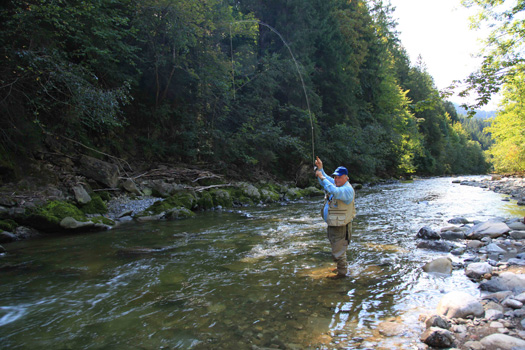- Allgemeines Fischen
- Fliegenfischen
- Fliegenbinden
- Bekleidung
- Verschiedenes
- Aktionen, Literatur
- News
- Tipps & Tricks
- Allgemein
- Felchenfischen
- Zanderfischen
- Eisfischen
- Fischen mit Köfi
- Köderführung mit Gummi
- Köderführung mit Wobbler
- Dropshotting
- Werfen mit Multirolle
- Jerken
- Fliegen-, Spinn-, Zapfenruten
- Belly Boat
- Rutenwahl
- Drilling oder Einerhaken
- Hinterwäldler-Hobby
- Fische filetieren
- Rutenpflege
- Knotenkunde
- Steckruten
- Spinn-Rollen
- Fliegenfischen/-binden
- Allgemein
- Hersteller
- Gewässerinfos
- Kolumnen/Berichte
- HRH - Küche & Keller
- Grillzeit - Kokelzeit
- Frühling
- Es Salötli
- Brasato al Pape Clement 75
- Tomaten
- Bannock Trapperbrot
- Gemeinheiten
- Blumenkohl
- Brot - Einfach Brot
- Wenn der Hirsch röhrt
- Primetime
- Sommer hat Reiz
- Ohne Salz wäre...
- Cuccina subito
- Weihnachtsbraten
- Coquilles Saint-Jacques
- Bodymassindex
- Chimichurri
- Eine Ode an das Ei
- Achtung, giftig!
- Sprüche und Lacher
- Einiges Weinwissen
- Alle Esser töten
- Dekoration
- Saure Früchte
- Zuviel des Guten
- Gut Gewürzt
- Zurück zur Suppe
- Währschaft
- Nüsslisalat
- Zucchetti einmal anders
- Scheiss Industrie-Bio!
- Königsmonat Mai
- Grüner März
- Kein kalter Käse
- Sous Vide
- Homemade Smoking
- Frauen und Wein
- Holunder oder Holler
- Köstliches Risotto
- HRH - Editorial
- 75 Plus
- Vom Blech waschen
- Rio Rivadavia
- Vom Lesen und Lernen
- Award IFFF für HRH
- Subtilität ist gefragt
- Erfolg & Freude
- Schneekanonen
- Gruss aus Irland
- Anwältin der Kleinsten
- Wie weit ist weit
- Falsch bewertet
- Die Powerhand
- Der Rückwurf
- The Cast 1916 - 2016
- Hegen ja, aber wie?
- Fischen mit Viagra
- Fischen in der Schweiz
- Gutmenschen
- Gut ausgebildet
- Fliegenfischen und Fliegenfischen
- Vernunft ist eingekehrt
- Die Fliegenfischerschule
- Vom Lehren
- Zum Thema Hegen
- Catch & Release - Ja oder Nein?
- Ist Tenkara Fliegenfischen?
- Griff oder Griffelein?
- Gelassenheit
- Beiss-App
- Zusammenschluss
- Regenbogenforellen
- Ergebnis- oder Erlebnisfischer?
- Zum Thema Vogelschutz
- Kontraproduktiver Tierschutz
- Philosophische Fischbetrachtungen
- Fischen ohne Wasser
- Der Klang des Wassers
- Anstelle von Kernkraft
- Als der Regen kam
- Traumerfüllung
- Keine Probleme
- Irish Fly Fair
- Heidi - Boudoir
- #Me Not
- Hechtgeschichte
- Zwei Freunde auf Hecht
- Irland-Schweiz 1:1
- Alter schützt nicht
- Totales Fischerei Verbot
- Unerwartete Verbindungen
- Zu Tisch
- Weihnachtsüberraschung
- Heilmittel Reden
- Irrwitzige Zuchtpläne
- Griechische Impressionen
- Forellen vom Haussee
- Der Tiefkühler
- Bunte Fische
- Gedanken über die Zeit
- Big Game Fischen
- Steine - fast nur Steine
- Bratwurst, Brot, Wein und Bier
- Die unheimliche Kraft der Natur
- Weihnachtserinnerung
- Von wegen Frischfleisch
- Markus Angst - Kolumne
- Ein Vorrat an Erinnerungen
- Der faule, schlaue Hecht
- Gewaltverbrecher?
- Ich bin auch ein Ski
- Forelleneröffnung oder der Stetson blieb trocken
- Flussmonster
- Tomatenfisch
- Lappland - Juwel des Nordens
- Revitalisierung
- Jungfische mit Heimat
- Saisonvorbereitung einmal anders
- Mit dem Taxi durch's Elsass
- Er hatte klar die bessere Rute...
- Die Sache mit dem grünen Strom - ein Fallbeispiel
- Die Pool-Königin
- Naturverlaichung oder Besatz?
- Fliegenbinden - Inspiration statt Instruktion
- S'isch ja nur...
- Der gute Fischer
- HRH - Küche & Keller
- Verschiedenes
- Reise/Erlebnisberichte
- Schweiz: Orbe
- Schweiz: Trepsenbach
- Schweiz: Greifensee
- Italien: Südtirol
- Frankreich: Pyrenäen
- Schweden: Lappland
- Australien: Queensland
- Neuseeland: Kiwis & Forellen
- Neuseeland: Brown Trouts
- Australien: Teil 1
- Australien: Teil 2
- Australien: Teil 3
- Australien: Teil 4
- Australien: Teil 5
- Australien: Teil 6
- Kanada: Gaspé-Halbinsel
- Alaska: Aniak
- Seychellen: La Digue
- Seychellen: Praslin
HOME
- HOME
- WebShop
- WebShop
- Allgemeines Fischen
- Allgemeines Fischen
- Methoden/Techniken
- Methoden/Techniken
- Egli/Jigfischen
- Dropshot-Fischen
- Jerkfischen
- Zapfenfischen
- Hegenenfischen
- Schleppfischen
- Rollen
- Ruten
- Angelschnüre
- Angelschnüre
- Angelschnüre Monofil
- Angelschnüre Geflochten
- Köder
- Haken
- Blei, Bleiköpfe
- Feumer, Kescher
- Setzkescher, Köderkessel
- Zapfen, Schwimmer
- Wirbel, Karabiner, Raubfischvorfach
- Fishfinder
- Diverses
- Fliegenfischen
- Fliegenfischen
- Salmologic
- Fliegenrollen
- Fliegenruten
- Fliegenschnüre
- Vorfächer & Vorfachmaterial
- Vorfächer & Vorfachmaterial
- Vorfächer: Geknotete
- Vorfächer: Gezogene
- Vorfächer: Polyleader
- Vorfächer: HRH International
- Vorfach-Material
- Fliegen, Nymphen & Co.
- Fliegen, Nymphen & Co.
- Trockenfliegen
- Terrestrials
- CDC
- Nymphen
- Nassfliegen
- Streamer
- Alaska, Steelhead
- Lachs-, Tubenfliegen
- Salzwasser
- Fliegendosen
- Floatants, Bissanzeiger, Zubehör
- Floatants, Bissanzeiger, Zubehör
- Ausziehrollen & Werkzeug
- Floatants & Bissanzeiger
- Sonstiges Zubehör
- Salmologic Accessoires
- Fliegenbinden
- Bekleidung
- Verschiedenes
- Aktionen, Literatur
- Aktionen, Literatur
- Aktionen, Billiger Jakob
- Aktionen, Billiger Jakob
- Aktion Allg. Fischen
- Aktion Fliegenfischen
- Aktion Fliegenbinden
- Aktion Bekleidung
- Aktion Literatur, Video
- Literatur, Video & DVD
- Weihnachten
- Kurse & Reisen
- Kurse & Reisen
- Übersicht 2018
- Fliegenfischen
- Fliegenbinden
- Spinnfischen
- Reisen
- Reisen
- Camp Tjuonajokk 2019
- Kanada-Yukon 2019
- Schweden, Ammarnäs-Sorsele
- Schweden, Ammarnäs-Sorsele
- Bericht über die Reise 2018
- Slowenien
- Spanien
- Lappland
- Island
- Adventure Camp Norwegen
- Alaska Float Trip
- Patagonien
- Spezialkurse
- Spezialkurse
- Filetierkurs
- Privatkurse/Guiding
- Kursbedingungen
- News & Tipps
- News & Tipps
- News
- Tipps & Tricks
- Tipps & Tricks
- Allgemein
- Allgemein
- Felchenfischen
- Zanderfischen
- Eisfischen
- Fischen mit Köfi
- Köderführung mit Gummi
- Köderführung mit Wobbler
- Dropshotting
- Werfen mit Multirolle
- Jerken
- Fliegen-, Spinn-, Zapfenruten
- Belly Boat
- Rutenwahl
- Drilling oder Einerhaken
- Hinterwäldler-Hobby
- Fische filetieren
- Rutenpflege
- Knotenkunde
- Steckruten
- Spinn-Rollen
- Fliegenfischen/-binden
- Hersteller
- Gewässerinfos
- Kolumnen/Berichte
- Kolumnen/Berichte
- HRH - Küche & Keller
- HRH - Küche & Keller
- Grillzeit - Kokelzeit
- Frühling
- Es Salötli
- Brasato al Pape Clement 75
- Tomaten
- Bannock Trapperbrot
- Gemeinheiten
- Blumenkohl
- Brot - Einfach Brot
- Wenn der Hirsch röhrt
- Primetime
- Sommer hat Reiz
- Ohne Salz wäre...
- Cuccina subito
- Weihnachtsbraten
- Coquilles Saint-Jacques
- Bodymassindex
- Chimichurri
- Eine Ode an das Ei
- Achtung, giftig!
- Sprüche und Lacher
- Einiges Weinwissen
- Alle Esser töten
- Dekoration
- Saure Früchte
- Zuviel des Guten
- Gut Gewürzt
- Zurück zur Suppe
- Währschaft
- Nüsslisalat
- Zucchetti einmal anders
- Scheiss Industrie-Bio!
- Königsmonat Mai
- Grüner März
- Kein kalter Käse
- Sous Vide
- Homemade Smoking
- Frauen und Wein
- Holunder oder Holler
- Köstliches Risotto
- HRH - Editorial
- HRH - Editorial
- 75 Plus
- Vom Blech waschen
- Rio Rivadavia
- Vom Lesen und Lernen
- Award IFFF für HRH
- Subtilität ist gefragt
- Erfolg & Freude
- Schneekanonen
- Gruss aus Irland
- Anwältin der Kleinsten
- Wie weit ist weit
- Falsch bewertet
- Die Powerhand
- Der Rückwurf
- The Cast 1916 - 2016
- Hegen ja, aber wie?
- Fischen mit Viagra
- Fischen in der Schweiz
- Gutmenschen
- Gut ausgebildet
- Fliegenfischen und Fliegenfischen
- Vernunft ist eingekehrt
- Die Fliegenfischerschule
- Vom Lehren
- Zum Thema Hegen
- Catch & Release - Ja oder Nein?
- Ist Tenkara Fliegenfischen?
- Griff oder Griffelein?
- Gelassenheit
- Beiss-App
- Zusammenschluss
- Regenbogenforellen
- Ergebnis- oder Erlebnisfischer?
- Zum Thema Vogelschutz
- Kontraproduktiver Tierschutz
- Philosophische Fischbetrachtungen
- Fischen ohne Wasser
- Der Klang des Wassers
- Anstelle von Kernkraft
- Als der Regen kam
- Traumerfüllung
- Keine Probleme
- Irish Fly Fair
- Heidi - Boudoir
- Heidi - Boudoir
- #Me Not
- Hechtgeschichte
- Zwei Freunde auf Hecht
- Irland-Schweiz 1:1
- Alter schützt nicht
- Totales Fischerei Verbot
- Unerwartete Verbindungen
- Zu Tisch
- Weihnachtsüberraschung
- Heilmittel Reden
- Irrwitzige Zuchtpläne
- Griechische Impressionen
- Forellen vom Haussee
- Der Tiefkühler
- Bunte Fische
- Gedanken über die Zeit
- Big Game Fischen
- Steine - fast nur Steine
- Bratwurst, Brot, Wein und Bier
- Die unheimliche Kraft der Natur
- Weihnachtserinnerung
- Von wegen Frischfleisch
- Markus Angst - Kolumne
- Markus Angst - Kolumne
- Ein Vorrat an Erinnerungen
- Der faule, schlaue Hecht
- Gewaltverbrecher?
- Ich bin auch ein Ski
- Forelleneröffnung oder der Stetson blieb trocken
- Flussmonster
- Tomatenfisch
- Lappland - Juwel des Nordens
- Revitalisierung
- Jungfische mit Heimat
- Saisonvorbereitung einmal anders
- Mit dem Taxi durch's Elsass
- Er hatte klar die bessere Rute...
- Die Sache mit dem grünen Strom - ein Fallbeispiel
- Die Pool-Königin
- Naturverlaichung oder Besatz?
- Fliegenbinden - Inspiration statt Instruktion
- S'isch ja nur...
- Der gute Fischer
- Verschiedenes
- Reise/Erlebnisberichte
- Reise/Erlebnisberichte
- Schweiz: Orbe
- Schweiz: Trepsenbach
- Schweiz: Greifensee
- Italien: Südtirol
- Frankreich: Pyrenäen
- Schweden: Lappland
- Australien: Queensland
- Neuseeland: Kiwis & Forellen
- Neuseeland: Brown Trouts
- Australien: Teil 1
- Australien: Teil 2
- Australien: Teil 3
- Australien: Teil 4
- Australien: Teil 5
- Australien: Teil 6
- Kanada: Gaspé-Halbinsel
- Alaska: Aniak
- Seychellen: La Digue
- Seychellen: Praslin
- Kontakt
- Kontakt
- Über uns
- Veranstaltungen
- Petri News, Kataloge
- History, Presse
- History, Presse
- Award IFFF für HRH
- History Firma
- History Hans-Ruedi Hebeisen
- History Hans-Ruedi Hebeisen
- 1969 - 1972
- 1973 - 1982
- 1983 - 1991
- 1992 - 1995
- 1996 - 1998
- 1999 - 2009
- 2010 -
- History Heidi Hebeisen
- Presseberichte
- Mitarbeit, Signaturen
- AGB

